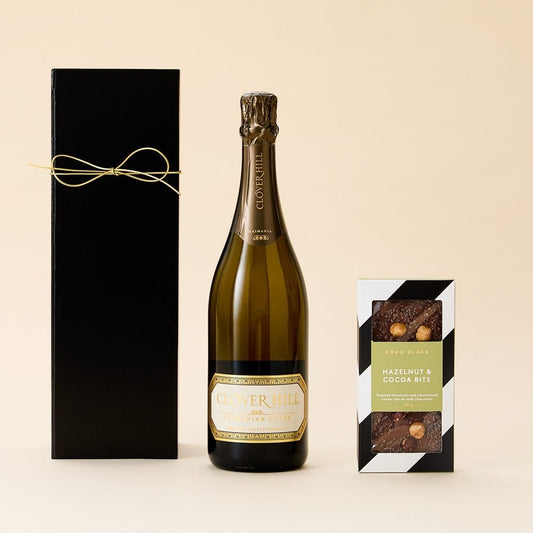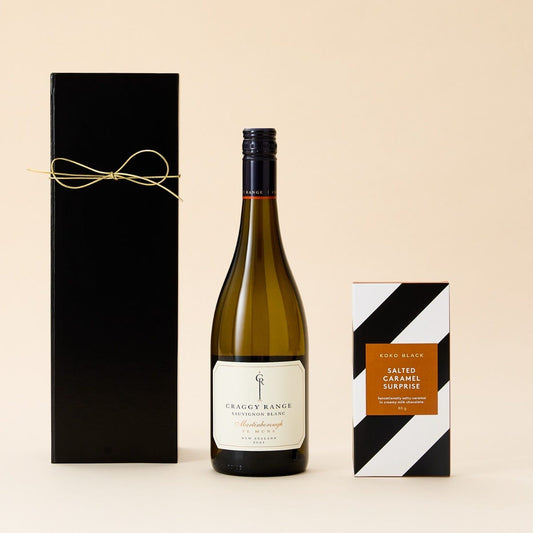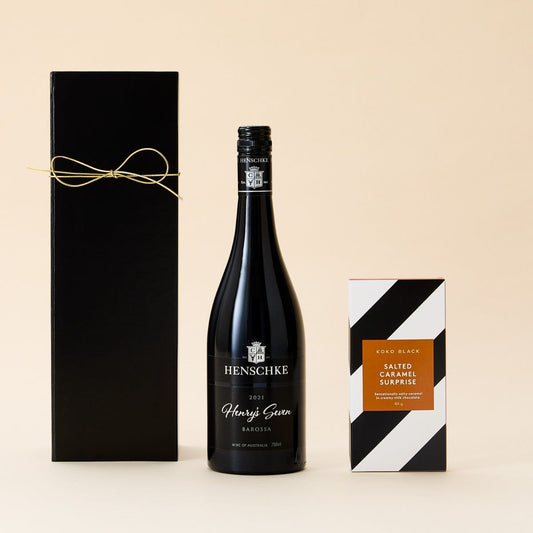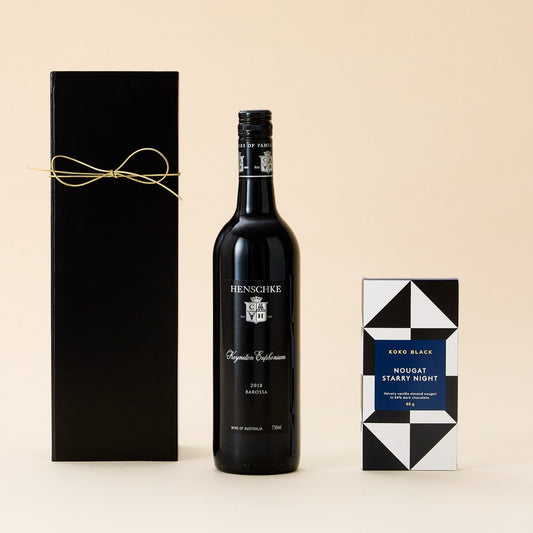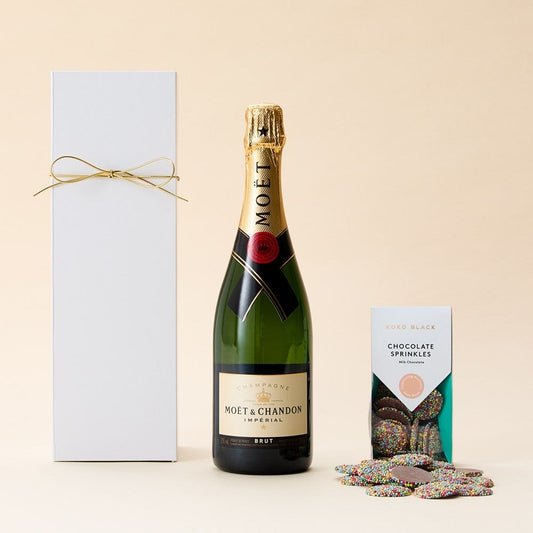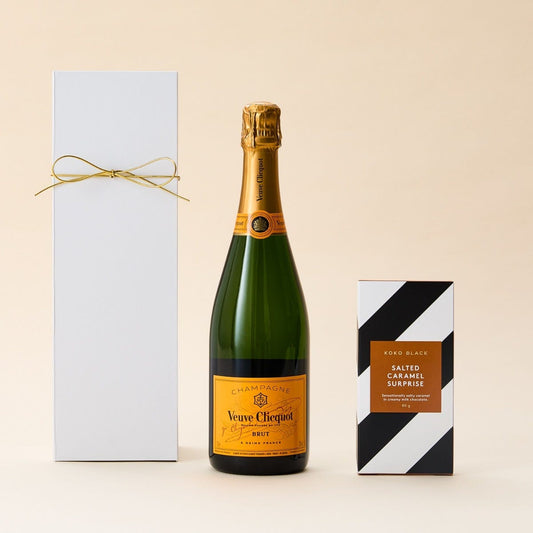Interesting Baby Birthing facts and figures
Have you ever wondered how many babies are born in Australia? Here's a list of interesting Baby Birthing facts, trends and figures.
This data has been sourced from the Australian Bureau of Statistics. Even though we are sharing this data in July 2022, the collated data available is primarily for 2020.
We are very interested to see how the 'spicy C' will effect these numbers. Especially for the states who spent ALOT of time at home! So here are some of the interesting facts and figures!


How Many Babies are Born Each Year in Australia?
In 2020, 300,000 babies were born, or 294,369 to be precise!
This was a decrease in 2020 by 3.7% in comparison to 2019.
Are there More Girls or Boys Born each year?
Well in 2020, 51.3% of babies born were boys and 48.7% were girls.
What is the Average Age of a Mum in Australia?
31 years
What is the Average Age of a Dad in Australia?
33 years
in 2020, most of the Babies in Australia were Born in which States?
93K babies were born in NSW.
74K babies were born in Victoria.
59K babies were born in Queensland.
From July 2020 to June 2021 in Victoria, which Month saw the Most Babies Born?
In December 2021 8264 babies were born.
November 2021 7023 babies were born.
December 2021 was the highest with 8264 and November 2021 close second with 7023 babies born in Victoria.
The lowest month was January 2022 with 4098 babies born.
In 2019 how many Mothers had a Caesarian Section?
One in 3 Mothers or 36%.
What percentage of Mother’s received analgesia during labour?
78% of Mother’s who laboured had pain relief.
How long are babies staying in hospital?
Over 2/3s of babies stayed in hospital for 3 days or less.
Babies of indigenous mothers and mothers who had previously given birth were likely to stay for less than 2 days.
Singleton babies, babies of first time mothers, babies with normal birth weight, Babies born at term and babies of non- indigenous mothers were likely to stay for 3 days.
Babies born in a multiple birth, babies born pre-term or babies born with low weight are more likely to stay longer than 4 days.
Data has been sourced from the Australian Bureau of Statistics and collated for Soul Baby Gifts by Leonie Henzell on 02/07/22.

